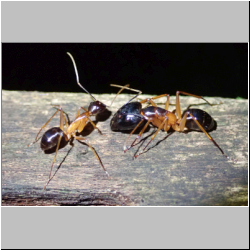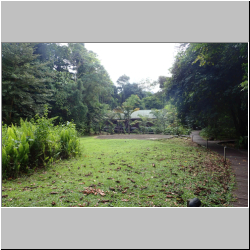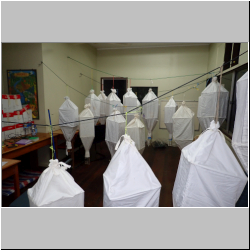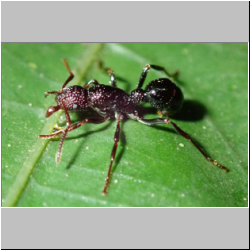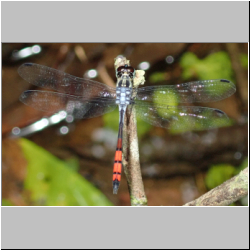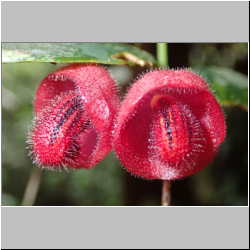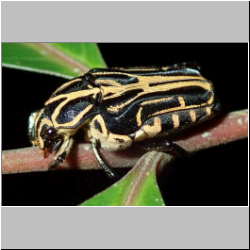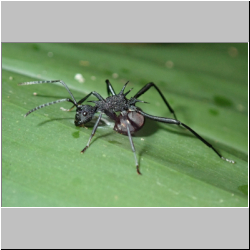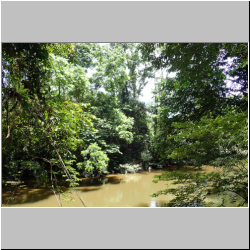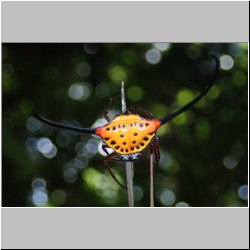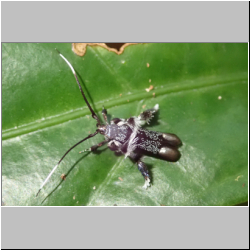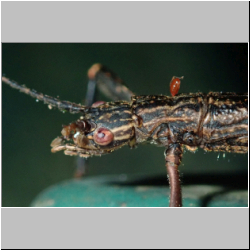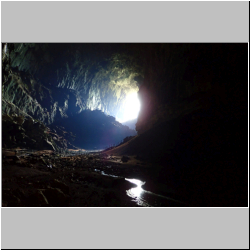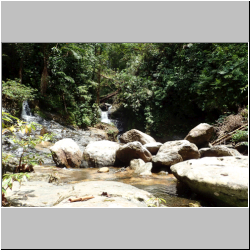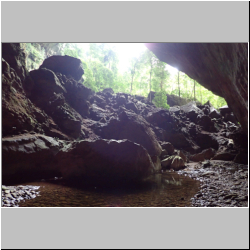
Expedition to collect ants at the Mount Mulu (by Dirk Mezger): Part 5
Even if I would have liked a more relaxing day after all the going up and down on the last days,, the day after my return was a day full of work because all the soil samples needed to be processed.
Therefore, the administration of Mulu Park gave me a small but beautiful lab room in the former park office building. This was a very suitable location for the extraction of the ants from the soil. For the next two days, I hired my guide as a lab assistant and he was very capable helping me processing the day. The extraction of the ants from the soil works according to the following plan: Dry out the soil! So it gets uncomfortable for them so they start moving until they leave the soil so they can be trapped in a collection yar. Therefore, ant researchers use the so called Winkler bags, where this process can be done. My assistant was very good improving missing things, so after two days, all collected soil samples were filled into the Winkler bags. There, the soil must remain for at least seven days to ensure a proper extraction of ants and other arthropods.
After all this work was done, I had a moment to take a breath. but there were some further tasks left. First, I collected some more ants in the alluvial forest around the headquarters. And I had to place some further devices for temperature measurement into the forest and it was time for some bait experiments with ants. And last but not least, I enjoyed the beauty of troical diversity and took a few photographs of some of species living in the rainforest: flowers, spiders, dragonflies...
But I also wanted to explore some areas of Mulu where I had not been before in order to check if they could be interesting for further research. One of these areas was the so called Garden of Eden. This is a giant sink hole or karst valley at the end of the Deer Cave, one of the most famous caves of Mulu. Tours are offered by the park office and it was a great experience to cross the cave and to explore the forest and the waterfall in the area of the karst valley!
In this part of the webstory, I will highlight some automontage photographs of remarkable ant species found during my expedition to Sarawak.
One of them is a probably undescribed species of Monomorium. The genus Monomorium comprises more than 350 described species. Beside some widely distributed tramp species, these ants are common in the leaf litter of tropical forests. Also in the Gunung Mulu National Park, this genus are represented by a number of species. Generally, ants of this genus are quite unimpressive, but this species has some interesting dark markings on the body and legs which are
lacking in other Monomorium species. It probably belongs to the pharaonis-species group, and similar specimens were collected in Lambir Hills National Park and in Brunei (Seiki Yamane, pers.com.). I found these ants at night-time on the handrail of the boardwalk leading to the Deer-Cave. This trail is one of the busiest places in the Gunung Mulu National Park, every day many visitors are using it to get to the main attractions of the national park. But my finding shows that you can still make interesting discoveries in all parts of this protected area.
Strumigenys is a species rich genus with more than 830 species of
tiny leaf
litter ants. They have mandibles enlarged to trap jaws as an adaptation to
hunt microarthropods
of their litter and soil habitat. Here I will show some pictures of two interesting species found in the upper montane forest near Camp 4. These were extracted by the Winkler method from the soil.
Strumigenys ulteria
which is
apparently endemic to the montane forests of Gunung Mulu where it was first
collected during the expedition of the Royal Geographic Society in 1978.
At this time,
it was found at an altitude between 1930 m and 2070 m. I recorded this
species
on four occasions on our sampling plots in the upper montane forest
around 1800 m.
Another species is Strumigenys euryale which has
previously
only been recorded from montane areas of Sabah like the slopes of the Mount
Kinabalu and the Crooker range and from a montane forest on Mindanao, Philippines. I found this species on three occasions
in my
litter samples around Camp 4 which is probably the first record for Sarawak.
Copyright 2019 Dirk Mezger and Martin Pfeiffer




